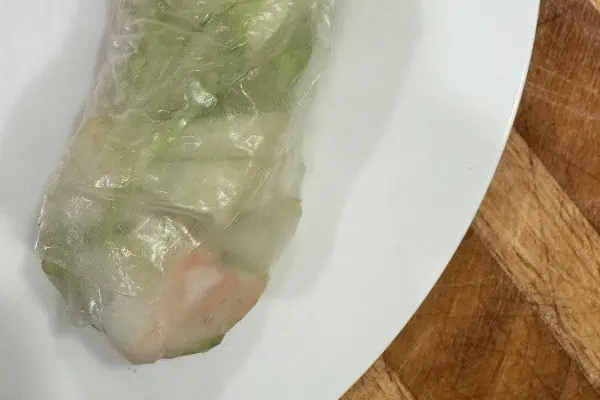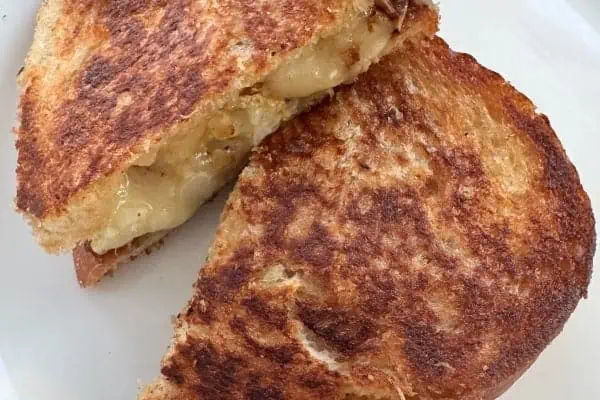If you like peas, and many Yukon gardeners must for they can be found in most gardens, you’ve had lots of company throughout history.
Dried peas found at an archeological site near Thailand have been carbon-dated to 9750 BC according to the Alberta Agriculture and Rural Development Information pamphlet regarding fresh produce.
Eating fresh peas became fashionable in the 17th Century among members of the French court.
The peas we grew, in our greenhouses, were the Sugar Snap variety, an edible-pod type of pea. Our reasoning was that if the peas do not mature, they can be eaten pod and all.
But I love the normal peas, the kind that’s also known as shelling peas. These peas are eaten minus the shell.
So, this year, I planted shelling peas.
The plants grew great and one day I found them laden with peas.
Being used to growing edible-podded peas from my down-on-the-farm days, and forgetting that I had planted shelling peas, I picked a good handful, even tossing them in salads. I was severely disappointed in the taste and couldn’t figure out why the peas tasted tough, stringy and not at all to my liking.
During the middle of the night, a week or so later, my brain must have dialled into the pea-planting compartment for suddenly it came to me: What variety of peas did I plant?
The following morning, I rushed out to the pea patch and my dutifully placed row-marker-indicated peas. Peas, but what variety?
I hurried to the basement where I keep my left-over seeds, checked the seed packet and discovered that there was no aberration in my growing system, only that I had simply forgotten the type of seed I planted and thus picked the peas way too early.
This episode reminded me of the value of good record keeping. Sometimes just recording the type of seed planted is not enough; knowing the variety of vegetable, fruit, or flower is important for future reference.
Now that the garden is in full swing, it is a great time to jot down (preferably in a garden journal) what varieties were planted, what grew well and what did not.
Take the time to assess your garden and make note of any changes you would like to make — it helps to take photos of your greenhouse, vegetable garden and flower beds to remind you what the garden looked like at various points in the season.
Any other notes such as vegetable and/or flower preferences, planting locations will be helpful next spring.




